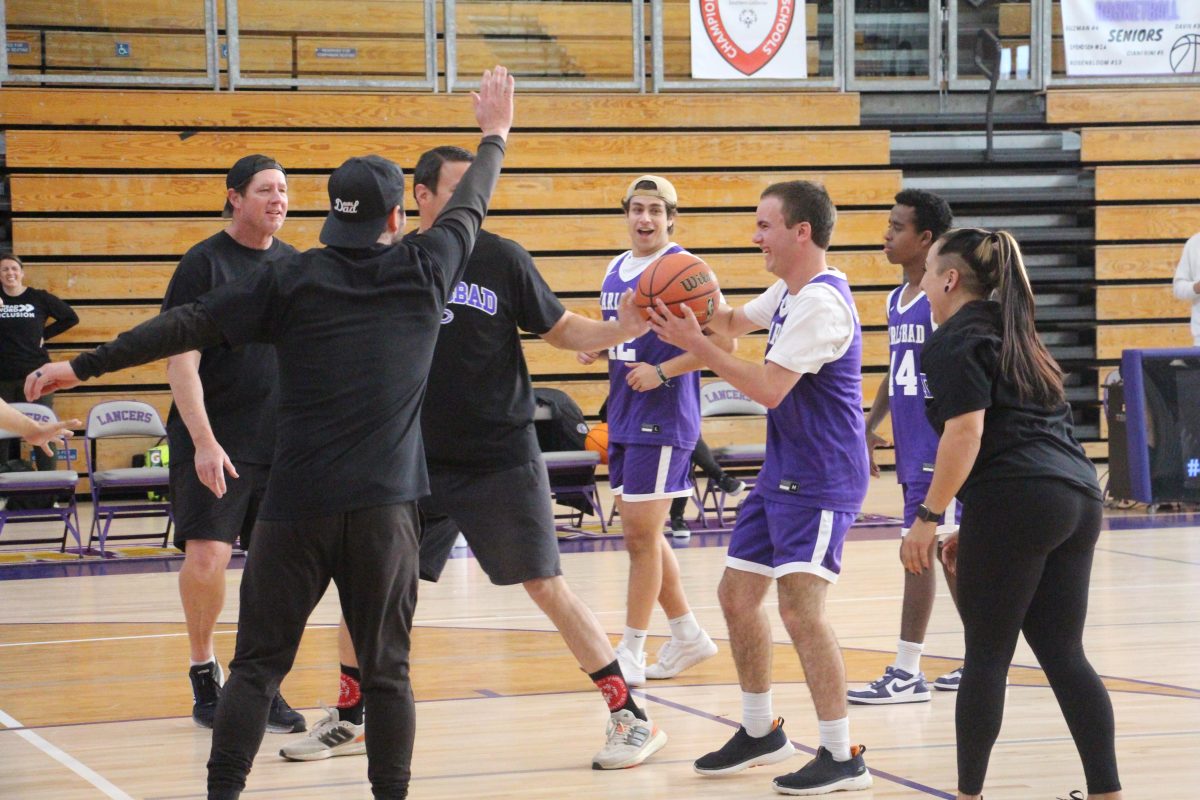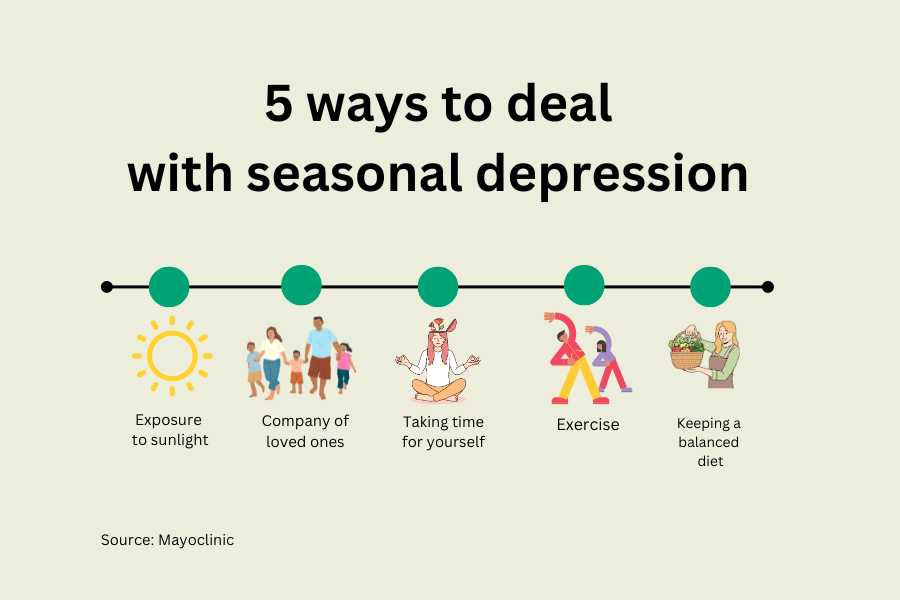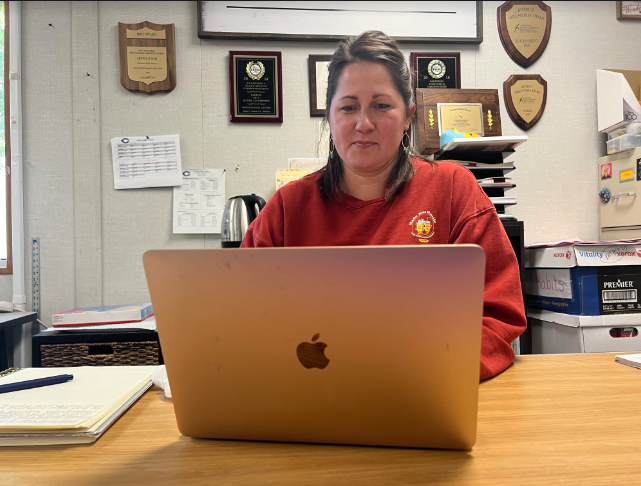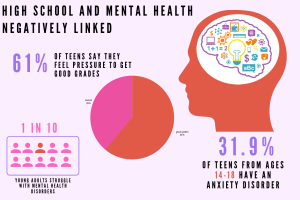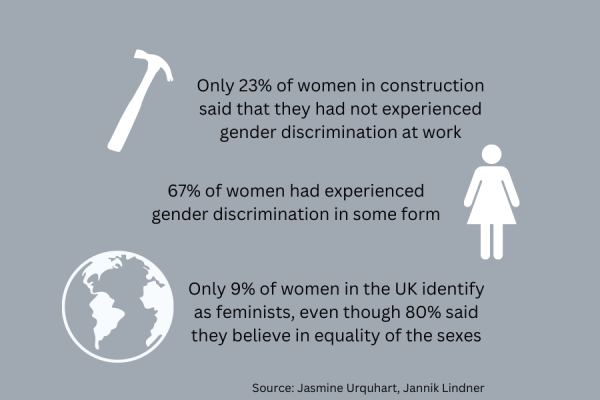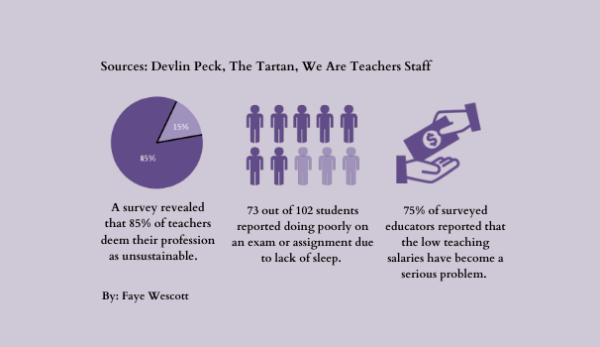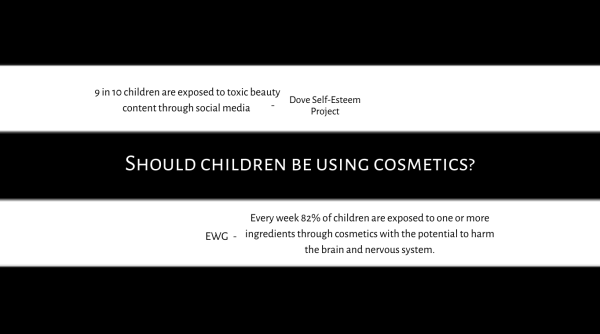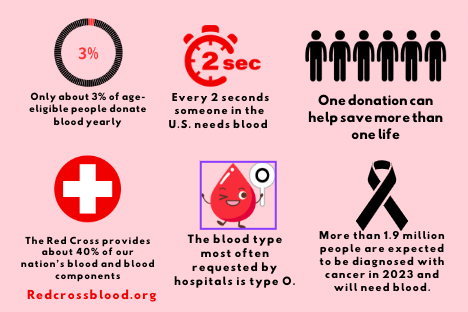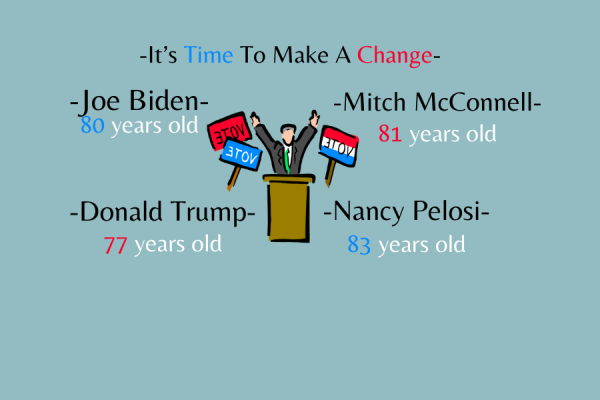Entering a new age of technology
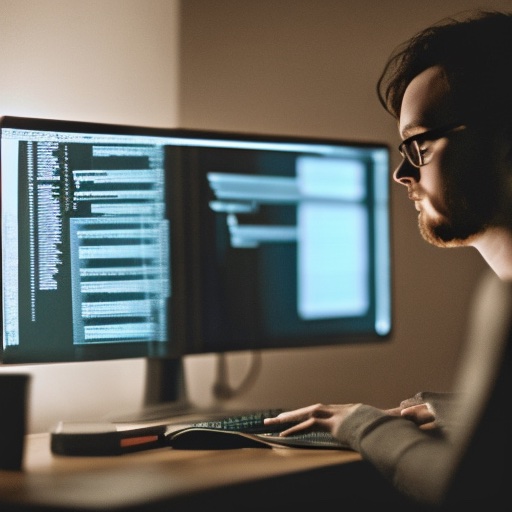
An AI-created image depicts the future of technology and the creation of deep fakes.
April 3, 2023
Artificial intelligence (AI) has made remarkable advancements in the recent past, enabling machines to perform complex tasks once thought to be exclusive to human beings. The development of AI has brought numerous benefits, such as automation, improved accuracy and efficiency. However, the technology also poses several dangers, including the proliferation of deepfakes.
In today’s world, AI has remarkable capabilities, such as writing the first paragraph of this article. Artificial intelligence has recently become smarter, more efficient and much more dangerous as society’s reliance on the technology grows.
AI’s abilities have grown exponentially within recent years, and with it, its popularity. One type of artificial intelligence that almost everyone has heard of is ChatGPT. ChatGPT has several capabilities, such as writing papers and answering questions a user asks.
With access to the entire internet, ChatGPT has already been tested by industry professionals. When asked to take difficult tests such as the MCAT, the Bar and AP exams, ChatGPT passed almost every single one. Although these results prove AI’s capability to be smarter than a human, several concerns about AI have come to light.
For example, several people are worried that AI’s quick development will cause thousands of jobs to become obsolete, leading to an employment crisis. While this seems unlikely, AI’s threats to our future don’t stop there.
One specialized type of AI is called a deep fake. Deep fakes are a type of artificial intelligence that allows a user to manipulate a person’s voice or actions to create a video or audio recording of something that never happened.
While some deep fakes are being used for comedic purposes, such as on social media platforms, there are several instances of deep fakes being used for harm. The most extreme example of this is pornography. Using deep fake technology, the faces of people can be masked on to pornography in a seamless way, making it seem like they are the ones in the video when in reality, they aren’t.
Deep fakes have been used as a weapon against several celebrities in the past, leading fans to believe that their favorite celebrity’s sex tape had been leaked. Unlike those on social media, these types of deep fakes aren’t funny. In fact, they’re incredibly dangerous.
Deep fakes have an impact on celebrities, however, they are far more harmful to the regular civilian because it’s harder for them to fight back. Deep fakes can, and have, ruined people’s lives.
As technology continues to advance, its dangers do too. Deep fakes are just one example of how incredibly harmful AI can be. While we can’t stop deep fake targeting, everyone needs to be aware of the risks of artificial intelligence and ensure that they do their best to stay safe online.






